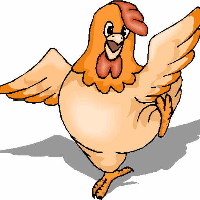I don't want to be a pain since this isn't too big of a problem, but can anyone recommend a scenario that uses java.awt.Graphics that has the source code published? I want to take a look at some code examples of the package but can't seem to find any on Google. Thanks :D!
I'll be taking a look through the gallery tomorrow but I've got to get some sleep!





